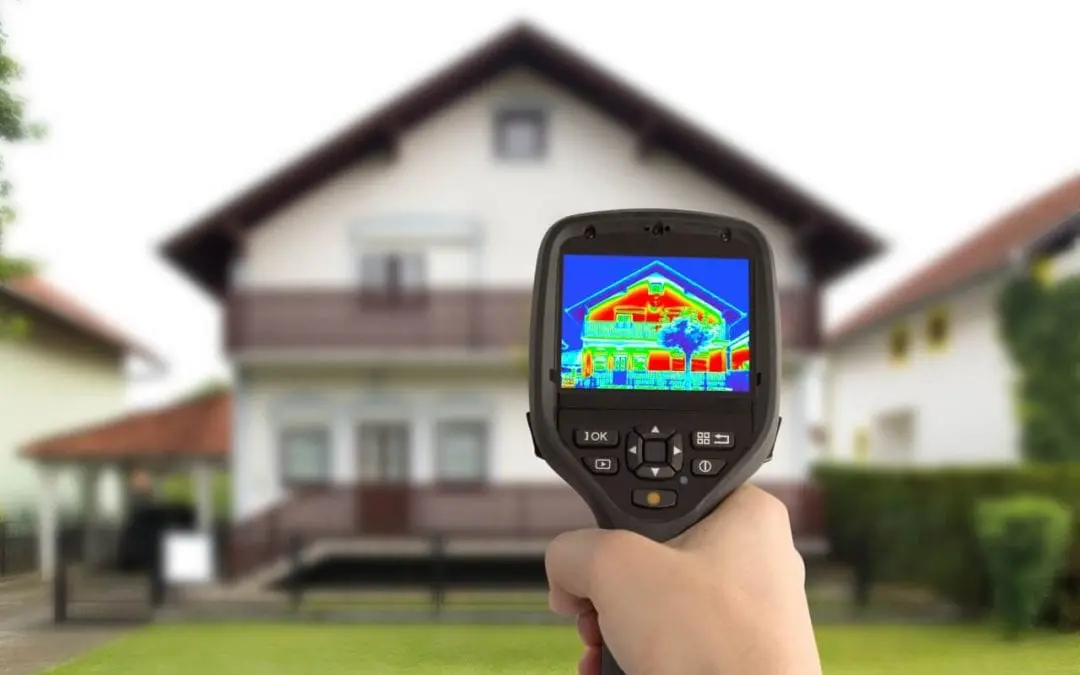One of the most helpful technological innovations for home inspectors is infrared thermal imaging. Infrared cameras are widely used in many fields, like agriculture, the military, and medicine. Thermal imaging in home inspections allows the inspector to see differences in heat signatures and gain more information on the components of your home.
Thermal Imaging in Home Inspections Finds Drafts
The most basic way to control our heating and cooling costs is to address air leaks in the home. Windows and doors may have gaps that allow climate-controlled air to escape, forcing the air conditioner or furnace to work harder to make up the difference. A home inspector with thermal imaging equipment can locate these drafty areas, providing the homeowner or potential buyer with helpful information on how to lower the home’s energy costs.
Gaps in Insulation are Easy to Spot
Another big factor in energy costs is the condition of your home’s insulation. In attics and crawlspaces, insulation can usually be easily seen. The challenge comes with wall insulation. Closed up between the sheetrock and the exterior covering, wall insulation is totally out of view. The batts could be out of place, deteriorating, or not even present.
With a simple scan of the wall from either side, a home inspector can identify this problem. Thermal imaging in home inspections can detect the warm and cool areas where an insulation problem may exist, providing information for the inspector’s report that helps the homeowner or buyer to make an informed decision about where to add more insulation.
Thermal Imaging in Home Inspections Finds Electrical Problems
One of the first signs of a potential electrical problem is often an issue with overheating equipment. Junction boxes, receptacles, water heaters, fan motors, and countless other electrical components may be just as hard to access as the insulation, leaving the homeowner or potential buyer with no idea of whether there are any problems that need to be corrected. Thermal imaging in home inspections can detect overheating areas in the electric system.
Moisture and Water Problems
Temperature is often our first signal that something is wet. Any type of water problem in a home will create cooler areas. Those spots are easily detected by a home inspector using a thermal imaging camera. The inspector can trace the moisture back to its source, whether it’s a crack in the foundation or a leaky pipe, and provide details in the inspection report.
A home inspection report outlines all the information that the inspector gathers and offers a complete picture of the home’s condition. Because so many parts of a home are out of view, the best home inspectors use tools to work around those barriers and see the things that are not visible to the homeowner.
Thermal imaging technology is a perfect tool for this. A home inspection service with this capability will generate a report that shows a better idea of the true condition of the home.
TUFF Home Inspections provides home inspections including thermal imaging to New Jersey. Contact us to schedule an appointment.

